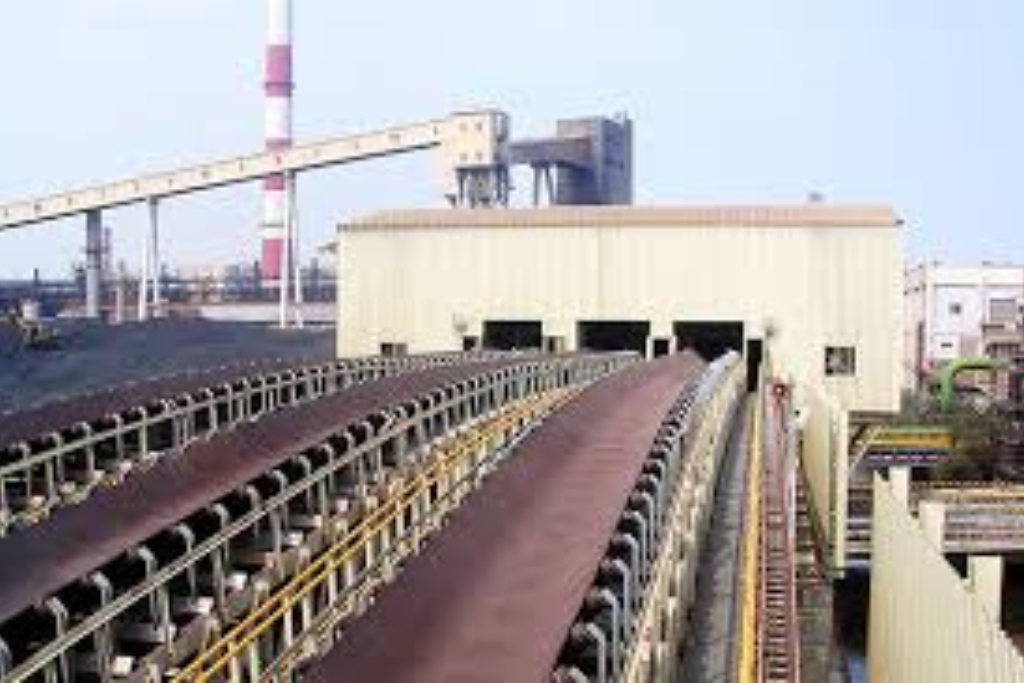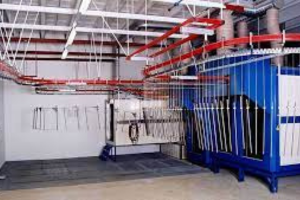The Job of Materials Handling Conveyors in the Lift Industry
Kinds of Materials Handling Conveyors in the Lift Industry

Belt Conveyors

Roller Conveyors

Overhead Conveyors

Vertical Conveyors
Advantages of Using Materials Handling Conveyors in the Lift Industry
The Main Pieces of Materials Handling Conveyors
Utilizations of Materials Handling Conveyors in the Lift Industry

Manufacturing and Assembly
Installation and Maintenance

Difficulties of Materials Handling without Conveyors in the Lift Industry
1.Manual Lifting Risks: Manual handling of weighty lift parts can prompt specialist injuries and defers project timelines.
2.Inefficient Workflow: Without conveyors, the development of lift parts turns out to be less proficient, possibly causing project delays and increasing work costs.
In rundown, materials handling conveyors are indispensable resources in the lift industry, streamlining the development of lift parts during manufacturing, installation, and maintenance processes. By utilizing transport arrangements, the lift industry can accomplish streamlined materials handling, further develop well-being, and improved functional proficiency, eventually contributing to the consistent and solid vertical versatility that lifts give.
